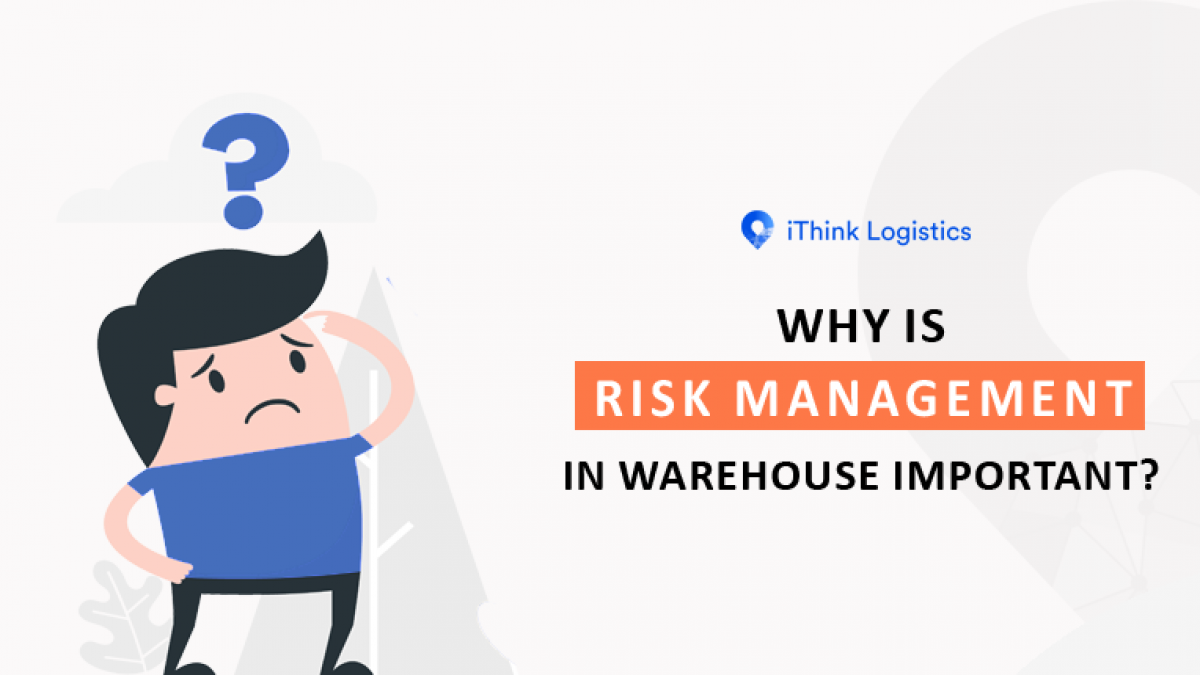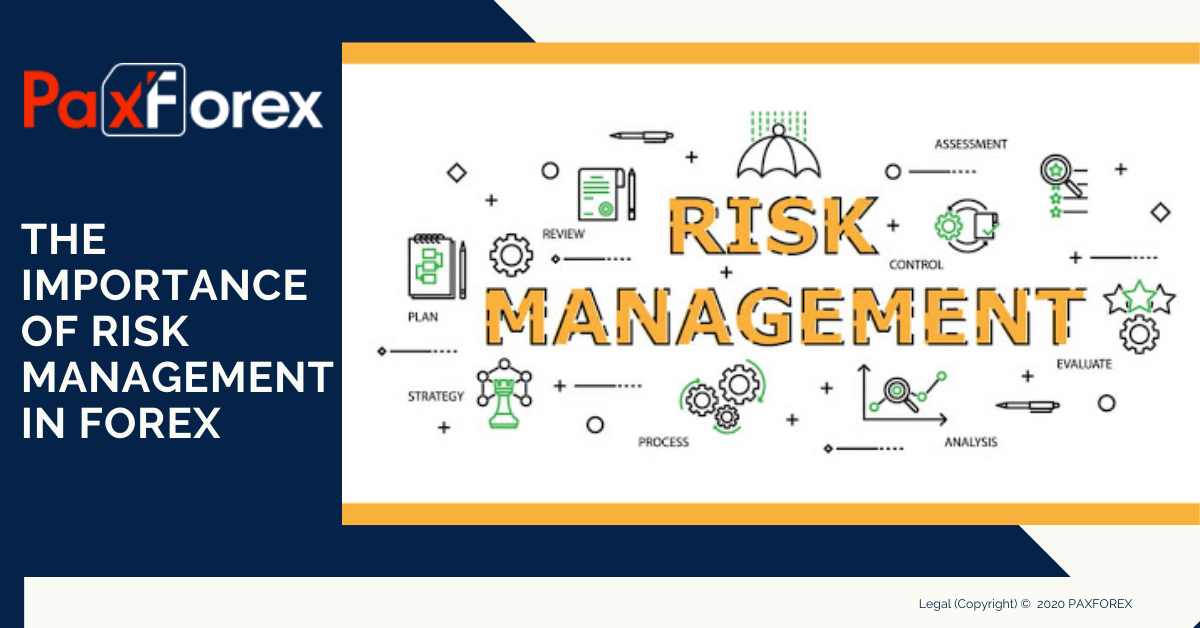Addressing the Unnoticed Risks: The Importance of Risk Management in Digital
Addressing the Unnoticed Risks: The Importance of Risk Management in Digital
Blog Article
The Relevance of Understanding the Relevance of Risk Management in Numerous Industries

The Core Principle of Risk Management and Its Purpose
Risk Management, the cornerstone of several markets, hinges on the recognition, assessment, and mitigation of uncertainties in a company setting. By appropriately recognizing prospective threats, organizations can develop methods to either stop these risks from happening or minimize their effect. As soon as dangers have been determined and assessed, the mitigation process includes devising strategies to reduce their possible influence.
Benefits of Carrying Out Risk Management in Service Procedures

Revealing the Function of Risk Management in Different Industries
While every industry challenges its special collection of dangers, the application of Risk Management techniques continues to be a typical in their quest of sustainability and growth. In the healthcare field, Risk Management requires guaranteeing client safety and security and data protection, while in money, it includes mitigating investment risks and making sure regulative compliance (importance of risk management). Building and construction business concentrate on employee safety, task delays, and budget plan overruns. In the modern technology market, companies minimize cybersecurity dangers and technology obsolescence. Eventually, the duty of Risk Management across markets is to identify, analyze, and mitigate risks. It is a necessary element of calculated planning, allowing organizations to protect their properties, maximize opportunities, and attain their purposes.
Real-life Situation Research Studies Demonstrating Successful Risk Management
To recognize the importance of Risk Management additional resources in these numerous markets, one can look to several real-life circumstances that show the successful application of these measures. Toyota, publish the 2011 earthquake in Japan, changed its supply chain Management to minimize interruption dangers. These instances demonstrate how sectors, learning from crises, efficiently used Risk Management strategies to minimize future threats.
Future Patterns and Advancements in Risk Management Techniques
As the world continues to develop, so as well do the fads and developments in Risk Management strategies. Fast developments in modern technology and data analytics are reshaping the Risk landscape. Big data and AI are currently instrumental in anticipating and minimizing threats. Organizations are leveraging these tools to construct anticipating versions and make data-driven decisions. Cybersecurity, when a peripheral concern, has actually catapulted to the center of Risk Management, with strategies concentrating on discovery, response, and avoidance. The integration of ESG (Environmental, Social, Administration) elements right into Risk Management is another growing fad, mirroring the boosting acknowledgment of the duty that social and ecological threats weblink play in service sustainability. Hence, the future of Risk Management exists in the fusion of innovative modern technology, innovative approaches, and a holistic approach.
Final thought
Finally, recognizing the significance of Risk Management across a spectrum of sectors is vital for their long life and prosperity. Tailored techniques can assist minimize prospective threats, guard properties, and foster stakeholder count on. Additionally, positive decision-making help in regulative compliance and maximizes source use. Ultimately, successful Risk Management adds to more resilient and sustainable services, highlighting the importance of this technique in today's vibrant and very competitive service setting.
While every sector faces its distinct collection of dangers, the implementation of Risk Management strategies continues to be a common in their pursuit of sustainability and growth. In the healthcare sector, Risk Management involves guaranteeing patient safety and security and data protection, while in finance, it involves mitigating financial investment risks and making certain governing conformity. Ultimately, the original site function of Risk Management throughout markets is to identify, analyze, and alleviate threats. These cases show exactly how sectors, discovering from crises, successfully used Risk Management techniques to minimize future risks.

Report this page